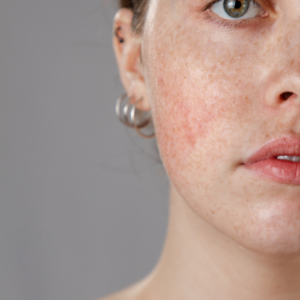
Rosacea Awareness Month: Signs, Symptoms & Treatment Options
Discover a youthful lift without surgery. Learn how our thread lift at Bryn Mawr Dermatology can rejuvenate your appearance.
Did you know that over 80% of adults have some form of pigmented lesions on their skin? These lesions, such as red and brown spots, can make many individuals feel self-conscious and insecure about their appearance. Fortunately, laser therapy treatment has emerged as a safe and effective treatment for removing these spots. Laser therapy uses focused beams of light to break down pigmentation, allowing the body to absorb and eliminate dark and colored spots.
At Bryn Mawr Dermatology, we offer various types of FDA-approved laser therapy treatments. Our dermatologists take their time assessing your needs to develop the best-suited treatment plan for you.
In this article we will cover how our Laser Therapy can help treat red and brown spots and we highly recommend you read the full article for more information!
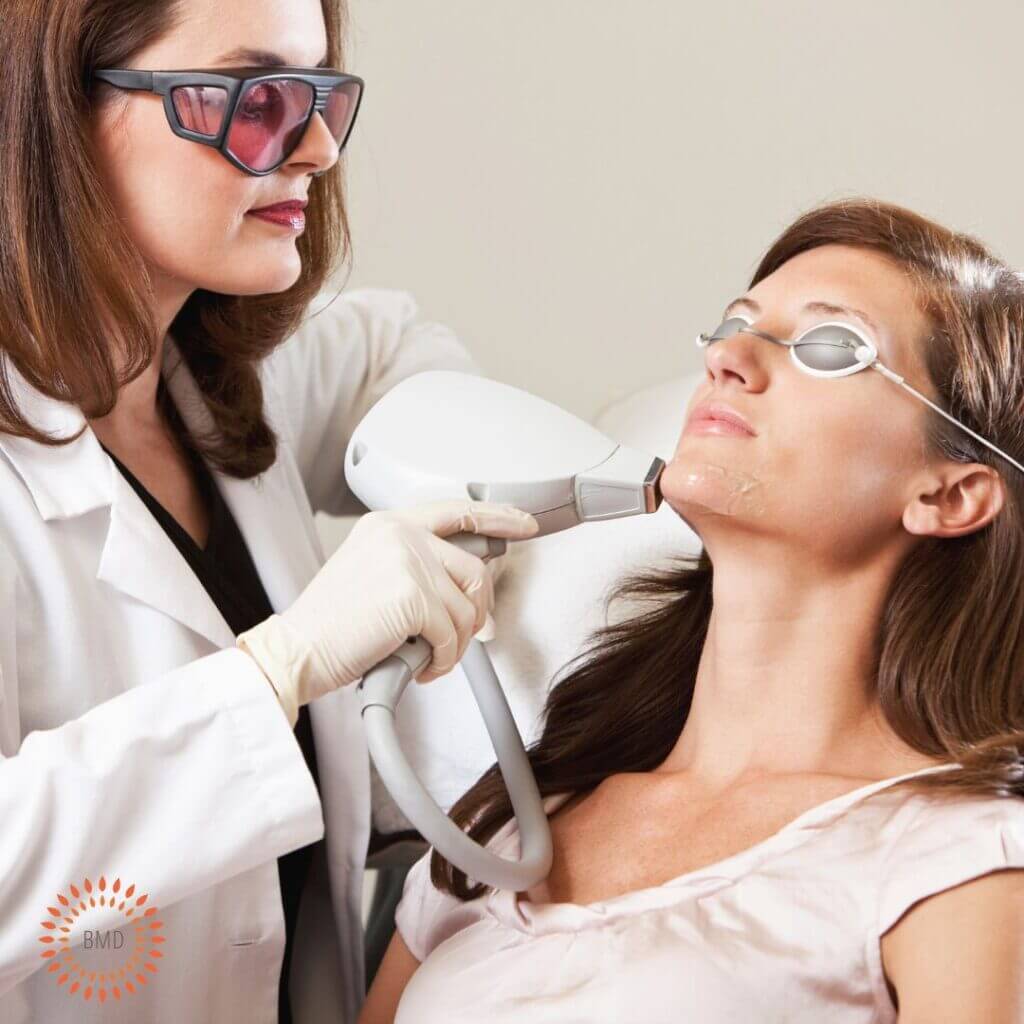
Laser therapy is a medical procedure that uses high-intensity light beams to treat various skin conditions, including unwanted spots. The appearance of red and brown spots on the skin is relatively common and can be caused by numerous factors, including sun exposure, aging, hormonal changes, genetics and certain medical conditions. These spots can appear anywhere on the body but are most commonly found on the face, neck, chest, and hands. While harmless, some people may feel self-conscious about their appearance, and laser therapy treatment can make them feel confident and comfortable with their skin again.
Due to its ease and effectiveness, treatments based on laser therapy are becoming increasingly popular, with more than 4 million laser-based procedures being performed annually in the United States alone. At Bryn Mawr Dermatology, our skilled professionals offer advanced laser therapy options to help you achieve the clear, radiant skin you deserve.
Laser therapy treatment can be used to treat unwanted spots that may appear due to several factors. It is most commonly used for symptoms such as:
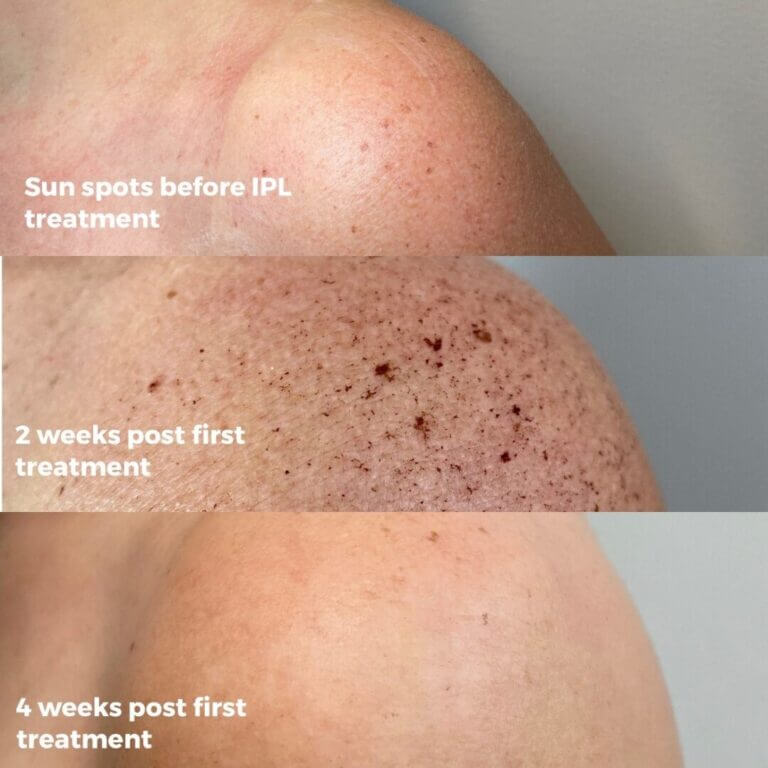
At Bryn Mawr Dermatology, we offer different types of laser therapy treatments that cater to specific symptoms, such as:
It’s essential to note that the specific type of laser used for treatment depends on the symptoms of the skin condition being treated. Therefore, it is essential to consult with a licensed dermatologist, such as our experts at BMD, to determine the most appropriate treatment plan for your specific needs.
In a typical laser therapy session, a handheld device is used to direct a beam of light onto the affected area. This may cause a slight stinging or burning sensation, but most people report minimal discomfort. The laser energy passes through the skin and is absorbed by the underlying pigmentation. The laser energy then breaks down the pigmentation, which is absorbed and removed from the body. This treatment can be used on various body parts, the most common being the face, chest, arms, legs, hands and neck.
While laser therapy is a very straightforward and easy treatment method, it’s advisable that patients take specific steps before and after their session.
Below are some recommendations for before undergoing laser therapy:
Below are some recommendations for after undergoing laser therapy:
At Bryn Mawr Dermatology in Philadelphia, we offer a variety of laser and light therapy treatments to help reduce the visibility of red and brown spots on the skin. Our experienced and knowledgeable team is dedicated to providing the highest patient care and customer service. We are committed to providing the most advanced and effective treatments available and strive to ensure our patients are satisfied with their results.
If you are looking for a safe, effective, and minimally-invasive treatment, contact us today at 610-525-7800 to learn more about laser therapy or fill out our online contact form and we will get back to you as soon as possible.

Discover a youthful lift without surgery. Learn how our thread lift at Bryn Mawr Dermatology can rejuvenate your appearance.

Discover a youthful lift without surgery. Learn how our thread lift at Bryn Mawr Dermatology can rejuvenate your appearance.

Discover a youthful lift without surgery. Learn how our thread lift at Bryn Mawr Dermatology can rejuvenate your appearance.
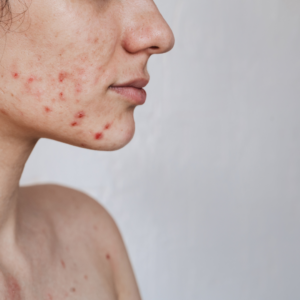
Struggling with acne scars? Discover the best dermatologist-approved treatments for smoother, clearer skin.
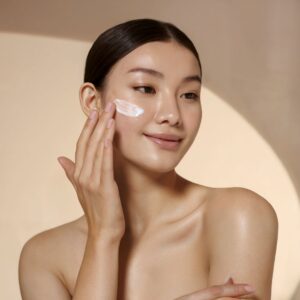
Looking to get your body summer-ready? Explore CoolTone and other expert treatments at Bryn Mawr Dermatology. Book your consultation today!

Looking to get your body summer-ready? Explore CoolTone and other expert treatments at Bryn Mawr Dermatology. Book your consultation today!

By: Bryn Mawr Dermatology, Published: Mar 10, 2023
Medically Reviewed By: Christine Stanko, MD, FAAD – June 25, 2024
For COSMETIC APPOINTMENTS:
For MEDICAL APPOINTMENTS: